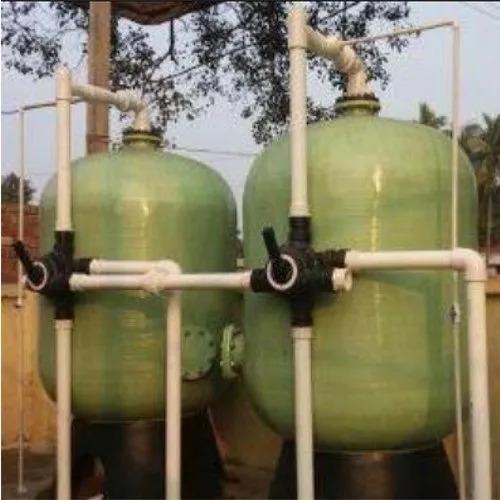Our Products
Fluoride Removal Plant
Our Fluoride Removal Plants use advanced adsorption and membrane technologies to reduce excess fluoride, delivering safe, healthy, and great-tasting water for homes, communities, and industries.
Fluoride Removal Plant
Overview
Excessive fluoride in drinking water is a major health risk, leading to conditions such as dental and skeletal fluorosis. While fluoride in small amounts is beneficial for teeth, higher concentrations can be harmful. Our Fluoride Removal Plant is specially designed to reduce fluoride levels to safe limits, ensuring pure and healthy water for communities, institutions, and industries.
How It Works
The plant uses proven treatment methods such as activated alumina adsorption, ion exchange, and reverse osmosis (RO) to remove fluoride effectively. Based on the source water quality and fluoride concentration, we design customized systems to deliver safe drinking water as per WHO and BIS standards.
- High Removal Efficiency – Reduces fluoride to safe and acceptable levels.
- Custom Designs – Available for domestic, community, and industrial requirements.
- Easy Operation & Maintenance – Simple controls with long filter life.
- Durable Construction – Built with corrosion-resistant materials.
- Eco-Friendly Solutions – Designed to minimize waste and environmental impact.
- Community drinking water supply.
- Schools, hospitals, and residential complexes.
- Industrial water treatment systems.
- Rural and urban water supply projects.
- Provides safe, fluoride-free drinking water.
- Prevents health risks such as fluorosis.
- Improves taste, quality, and usability of water.
- Enhances the life of plumbing systems and appliances.
- Supports sustainable and reliable water treatment.

